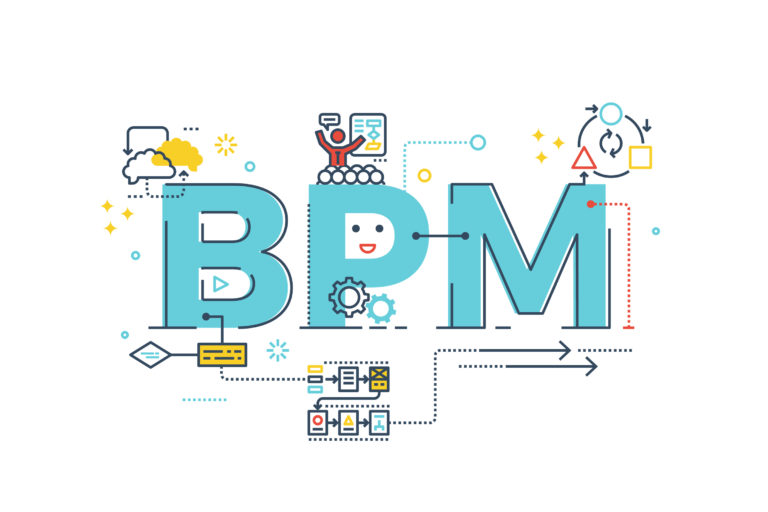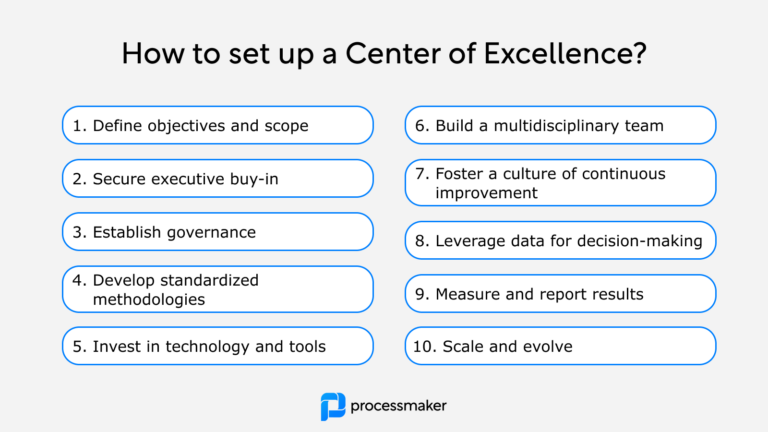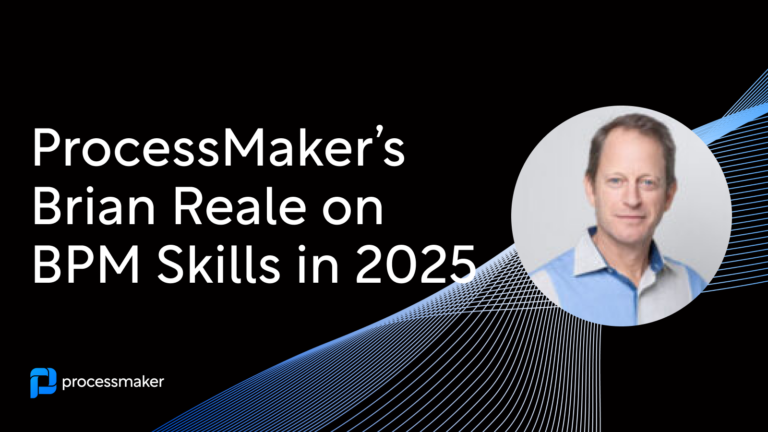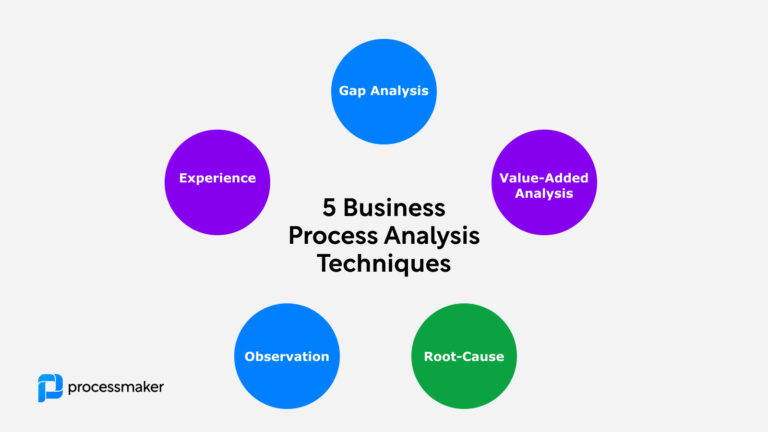Business process management (BPM) encompasses how to study, identify, change, and monitor business processes to ensure organizations run smoothly and improve over time. Business process management software (BPMS) is a technology solution that enables organizations to design, analyze, execute, monitor, optimize, and automate important processes. It also acts as an automation tool for organizations to reduce costs, eliminate silos and bottlenecks, and extend legacy systems.
Again, BPM is the methodology and BPMS is the software that implements the methodology.
History of BPM
The idea that work can be viewed as a process, a series of steps to be improved upon, isn’t a novel idea. No doubt the Egyptians and the Romans looked to improve processes as they were building their massive empires. The first recorded idea dates back to Frederick Taylor at the turn of the 19th century. In 1911, Taylor published, The Principles of Scientific Management, in which he details how productivity can be greatly improved by applying the scientific method.
In the 1960s, technology became the business driver and increased the speed of change. This launched the first wave of process orientation called Kaizen. Japanese companies became more competitive due to their focus on quality improvement programs. Kaizen was dictated by the 5S: Sort, Straighten, Scrub, Standardization, and Sustain.
In the 1980s, FileNet developed a digital workflow management system designed to route scanned documents through a predefined process. FileNet’s software is often recognized as the precursor to modern BPM software. This company was later acquired by IBM
In the 2000s, Gartner first coined the term, “Business Process Management Suite” (BPMS) to refer to a wide range of software applications that deal with processes. In 2012, Gartner also coined the term, “Intelligent Process Management” (iBPM) to refer to BPM suites that include artificial intelligence, advanced analytics and reporting.
According to analyst David McCoy: “Now, we at Gartner talk of BPM as a management discipline, BPMT (T for technology) as the software component of that market, and BPMS (Business Process Management Suite) as the leading example of BPMT. The world has changed a lot since the days when I was trying to explain that BPM was NOT Business Process MODELING. But in the process (ha!), I think we as an industry have muddled some of our terms. BPM is best described as a discipline, even more so than CRM, etc. So with that shift, I think we will see more linguistic confusion, even if a lot of it is academic hand wringing.”
Evolution of BPM
Legacy BPM solutions required a lot of IT and developer support. The software was designed and built from the ground up. To maintain a legacy system is a complex and costly task. These systems and the corresponding programming language required to use the system are usually outdated and obsolete, the system itself complex and bloated, focused on more mediocre functionality than less functionality of higher quality, and have poor documentation to boot. To reduce these issues, many organizations have opted for implementing modern cloud-based SaaS BPM platforms.
In the past few years, BPMS has shifted its focus to customer experience. Most organizations are asking themselves how can we change our processes to enable better collaboration, support, and innovation to help create a better customer experience? As a result, organizations are looking towards BPM for digital transformation. Organizations are looking for BPMS that uses technology that drives automation, collaboration, and engagement with their customers.
Following the low-code trend seen across other software verticals, today’s BPM solutions require little to no IT involvement to create, implement, automate, and optimize business processes.
The Future of BPM
According to Mordor Intelligence, “the business process management (BPM) market was valued at USD 3.38 billion in 2019 and is expected to reach a value of USD 4.78 billion by 2025 at a CAGR of 6.26% over the forecast period (2020-2025).” Attributing to the growth in the market is the increasing integration of automation and the Internet of things (IoT) with BPM.
In today’s uncertain economic climate, organizations are demanding higher productivity, improved risk management, and better cost control. With this increased demand, more BPM softwares are looking towards the implementation of Robotics Process Automation (RPA). With this technology stack in place, organizations can see improvement in agility and flexibility with the ability to deploy new applications and processes more quickly.
The future of BPM looks promising as the technology powering RPA, bots, and adaptive automation continues to improve with machine learning.





